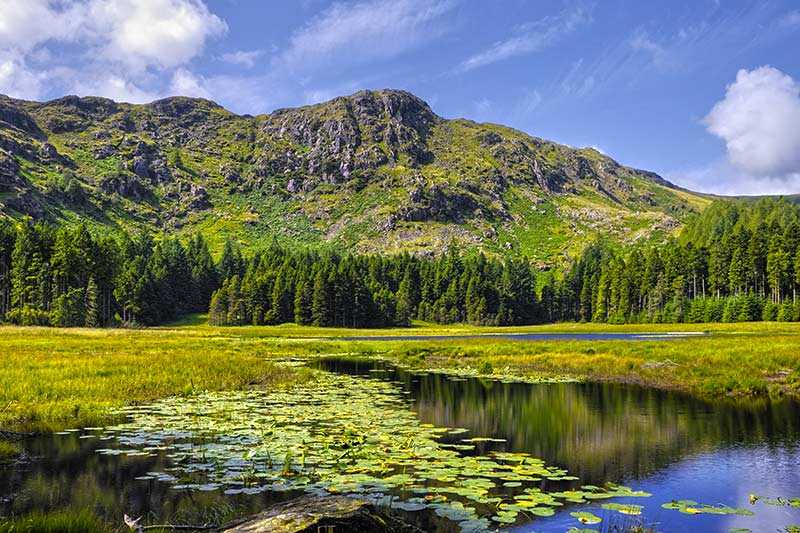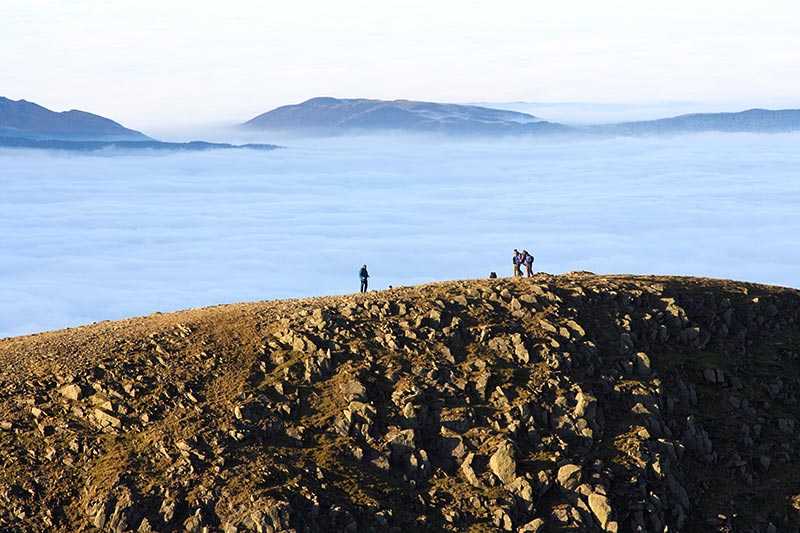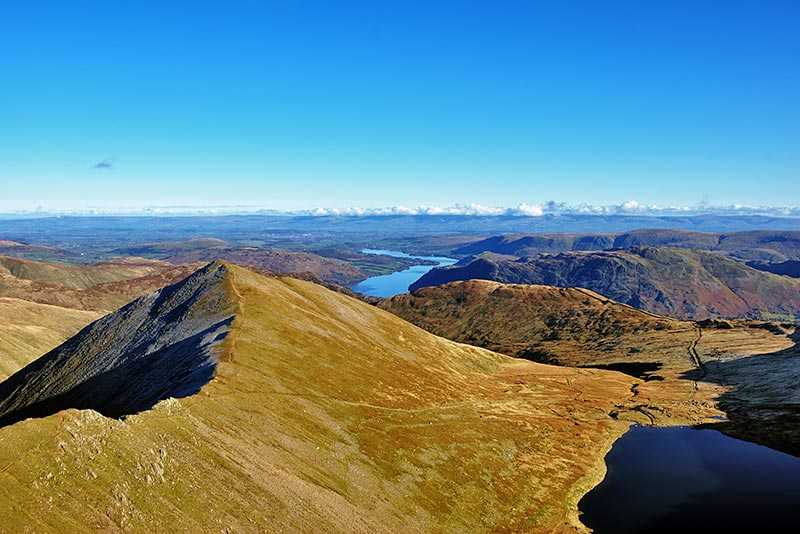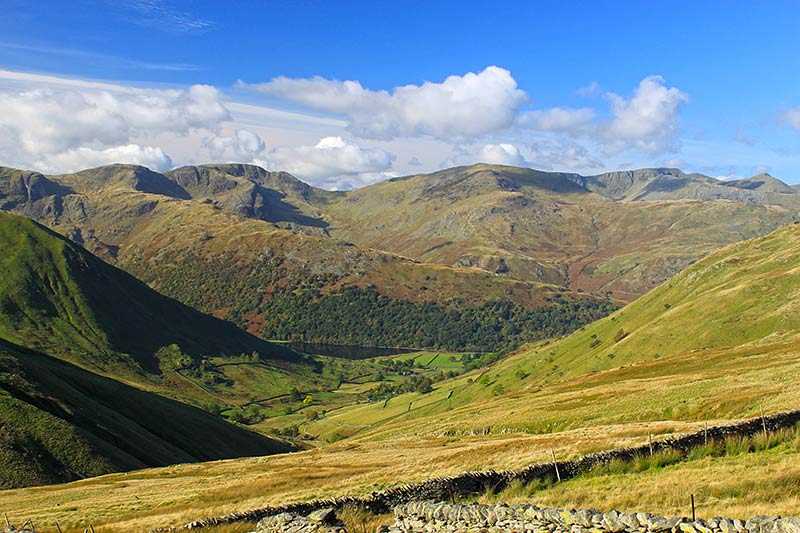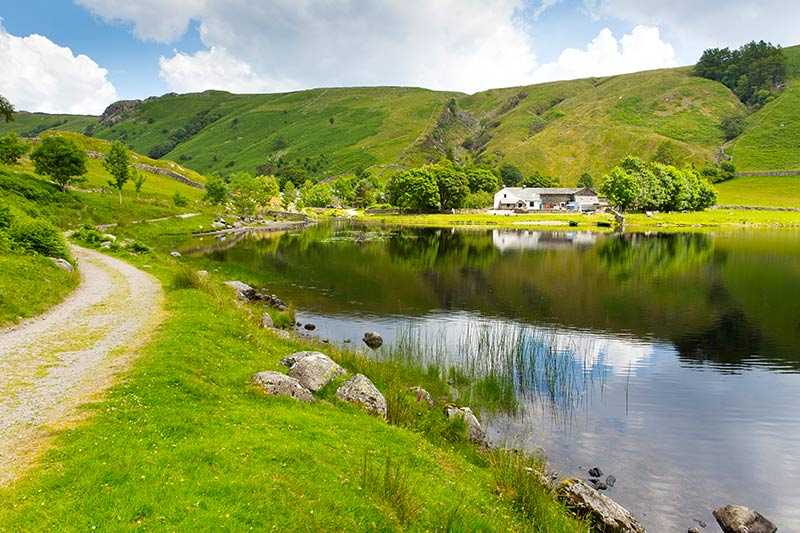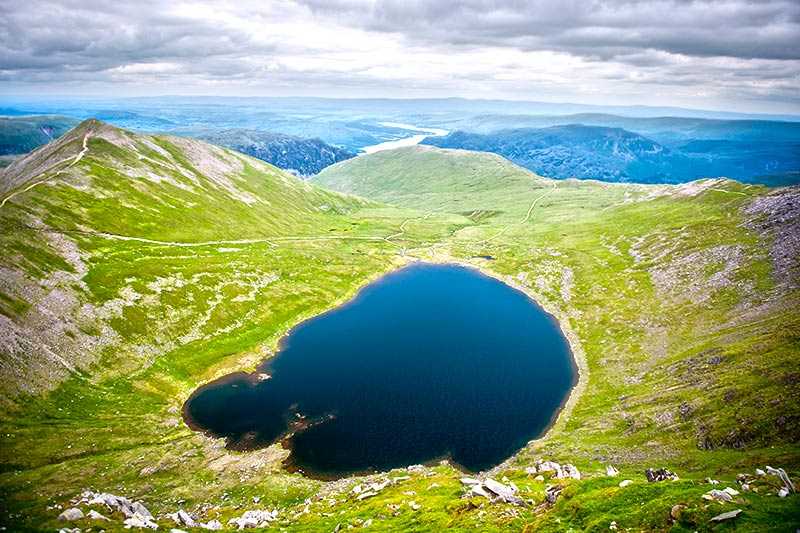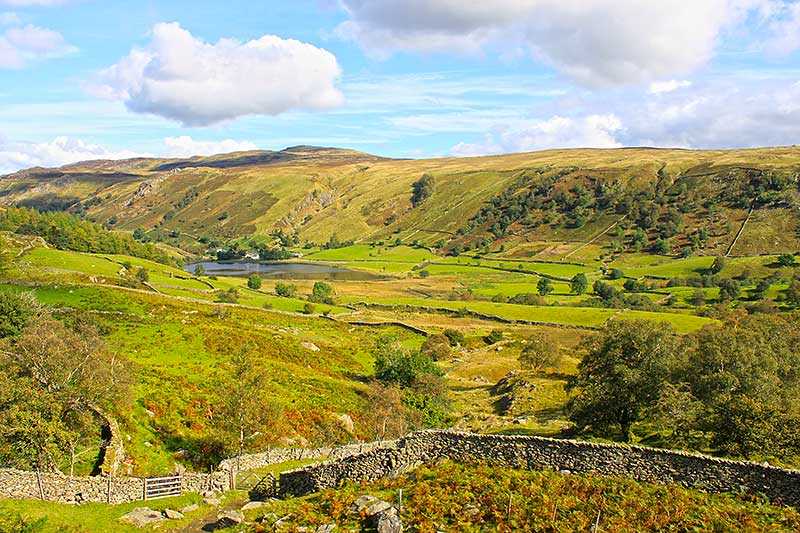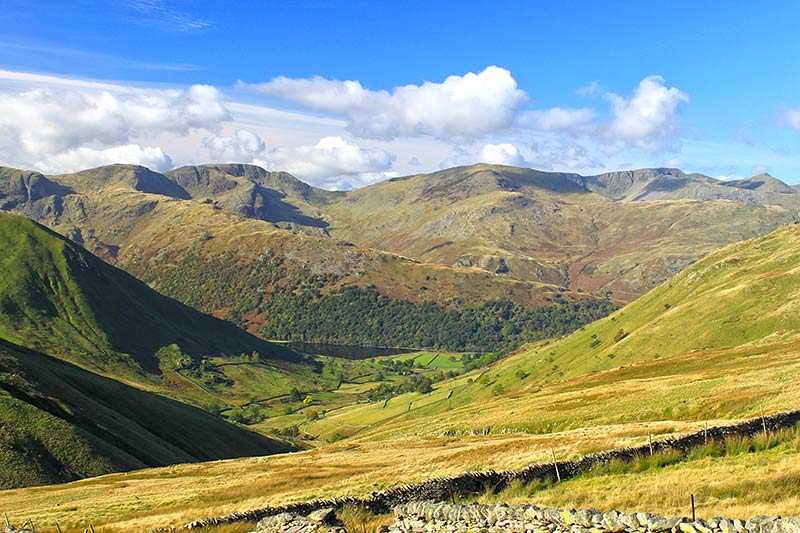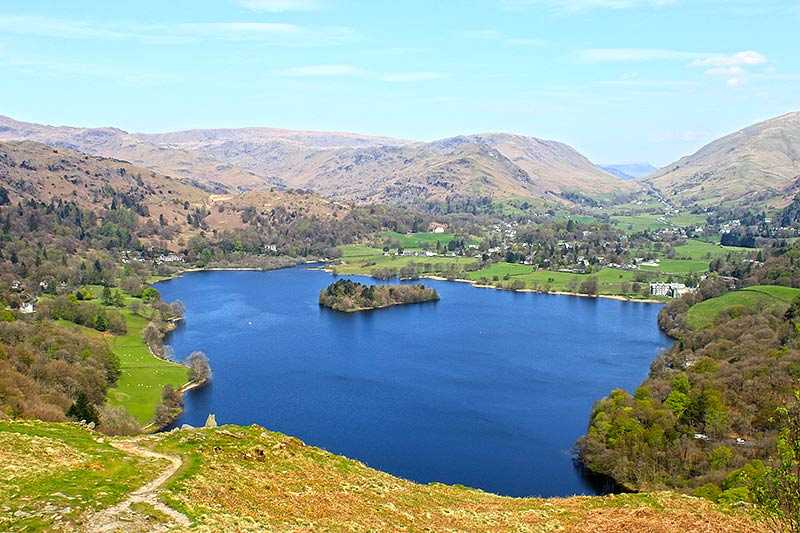Thirlmere Reservoir
About Thirlmere Reservoir
Thirlmere Reservoir is a large, man-made stretch of water created in the 19th century by the Manchester Corporation to supply the city of Manchester with the wate...
About Thirlmere Reservoir
Thirlmere Reservoir is a large, man-made stretch of water created in the 19th century by the Manchester Corporation to supply the city of Manchester with the water needed to feed its growing industry. Situated in the Lake District National Park, the reservoir was formed by constructing a dam at the north end of the valley. At 190 metres above sea level, it’s a...
Attractions near Thirlmere Reservoir
Activities
About Thirlmere Reservoir
About Thirlmere Reservoir
Thirlmere Reservoir is a large, man-made stretch of water created in the 19th century by the Manchester Corporation to supply the city of Manchester with the water needed to feed its growing industry. Situated in the Lake District National Park, the reservoir was formed by constructing a dam at the north end of the valley. At 190 metres above sea level, it’s about 6.05 km (3.7 mi) long and 178 m (195 yd) wide, reaching depths of 40 m (131 ft).
In 1908, 2,000 acres of coniferous forest were planted around the reservoir and today, with the gradual addition of deciduous trees, the resulting forest is home to Red Deer, Britain’s largest native mammal. It’s also one of the few remaining British homes for the Red Squirrel. Visitors can wander freely through the forest paths to try and catch sight of the wildlife.
Two smaller lakes and the villages of Armboth and Wythburn were submerged to create the reservoir in the face of strong public opposition and for those interested in the history of the area, there’s a small museum at the southern end in all that’s left of Wythburn – the church and a few small houses.
The reservoir and surrounding valley is owned by United Utilities, a private water company, and still supplies over 220 million litres of water a day to Manchester and parts of Cumbria and Lancashire. There’s free public access for kayaking and canoeing, although there’s nowhere at Thirlmere itself to hire canoes or kayaks, so come prepared. There’s also great climbing in the area, notably Raven Crag, near the dam, and Castle Rock at Legurthwaite, both of which offer superb views across the reservoir and valley in exchange for the climb.
